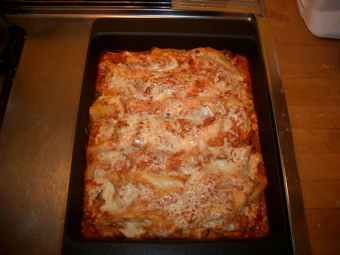Listening to the A’s game tonight (they lost, and having lost three out of four they’re close to officially cooled off from their long, long run). Sammy Sosa was up for the Orioles, and announcer Ken Korach observed that with the Cubs last year, he was 2 for 9 against the A’s. Then he said to Bill King, who’s been doing the A’s games since 1981 (before that, he did Oakland Raiders and Golden State Warriors games, and was the best play-by-play announcer I’ve ever heard in both football and basketball; he started as a broadcaster in Pekin, Illinois, in the late ’40s, one-time home of the Chinks (the nickname of the Pekin High teams) and late Senator Everett McKinley Dirksen. …)
How easily I digress.
Then Korach said to King, speaking of the A’s interleague series against the Cubs last year, “But you wouldn’t remember that, Bill.” King hates interleague play, period. He said something like, “No, no I wouldn’t. They play those games and then they go into the dustbin of history.” Korach: “Dustbin of history — I like that.” I was thinking, how many baseball announcers out there are quoting — who? Marx? no, Trotsky — and how many people are making the connection? I’ll bet, but do nothing to back up my wager, which will involve neither doughnuts nor dollars that King knows just where the phrase comes from.
And that concludes this broadcasting day.



